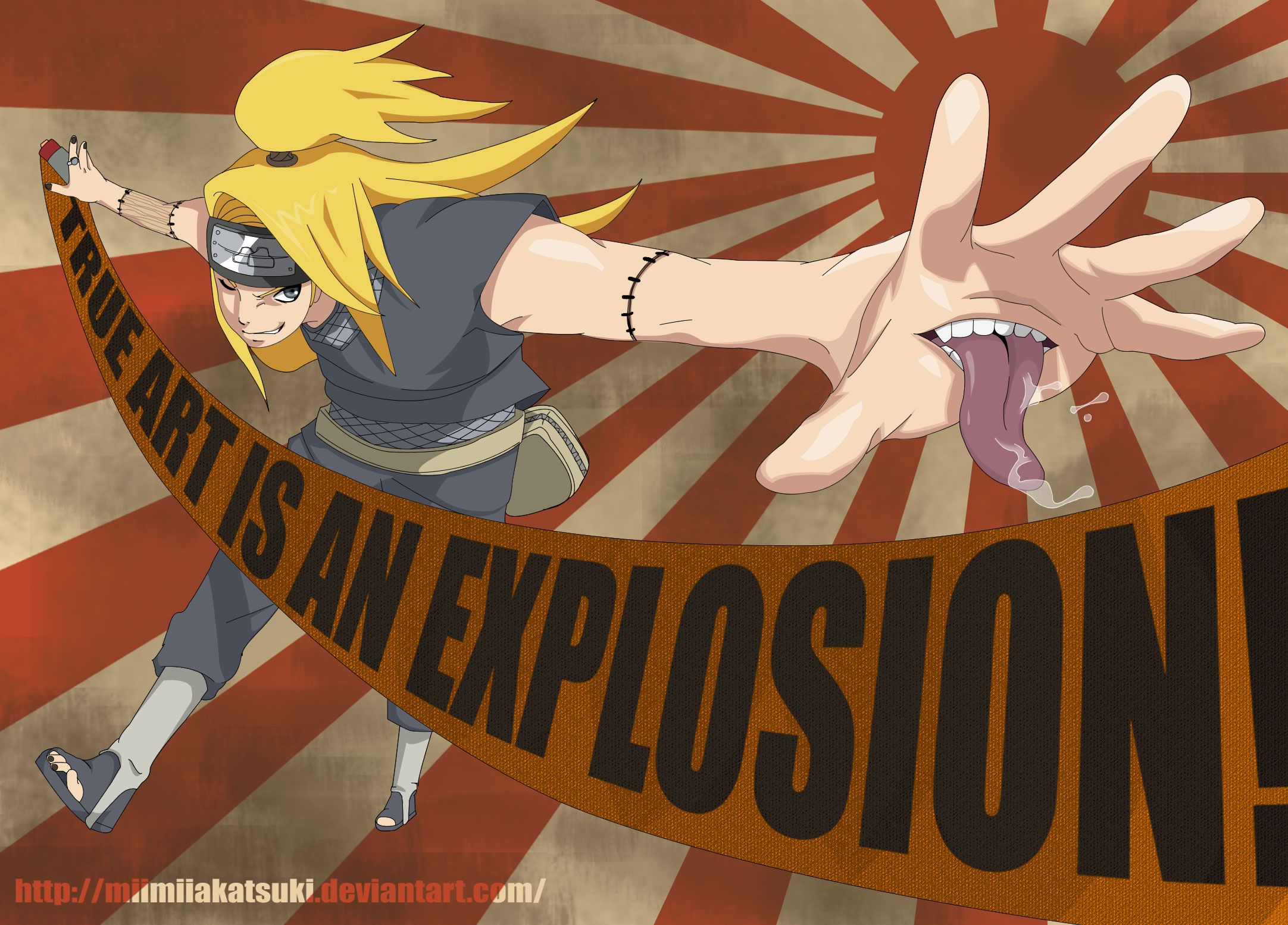Vincent Van Gogh
Vincent Van Gogh can be counted as one of the most famous and remembered artists in history.
He was once shunned as mad and tortured because he could see the world in a way that no one else could. Van Goghs' work is now some of the most recognizable work in the world due to the way that he painted and drew his work.
 |
| Starry Night |
Van Gogh was born in 1853 and grew up in Holland with a religious family due to his father being a minister. When his school ended, Vincent followed his Uncle's profession and became an art dealer. He learnt the trade in Holland and then came to work in England and France. He was successful and initially happy with his work however, he grew tired of the business of art, especcialy in Paris, and lost interest in the trading of art. Vincent returned home where he began to study theology. Even though he was passionate and enthusiastic, he failed exams to enter a couple of programmes. He then worked as a missionary in a coal mining community with hard working poor common people. As his devlopment as a preacher was stalling, his interest in those around him was increasing. His life as an artist was beginning.
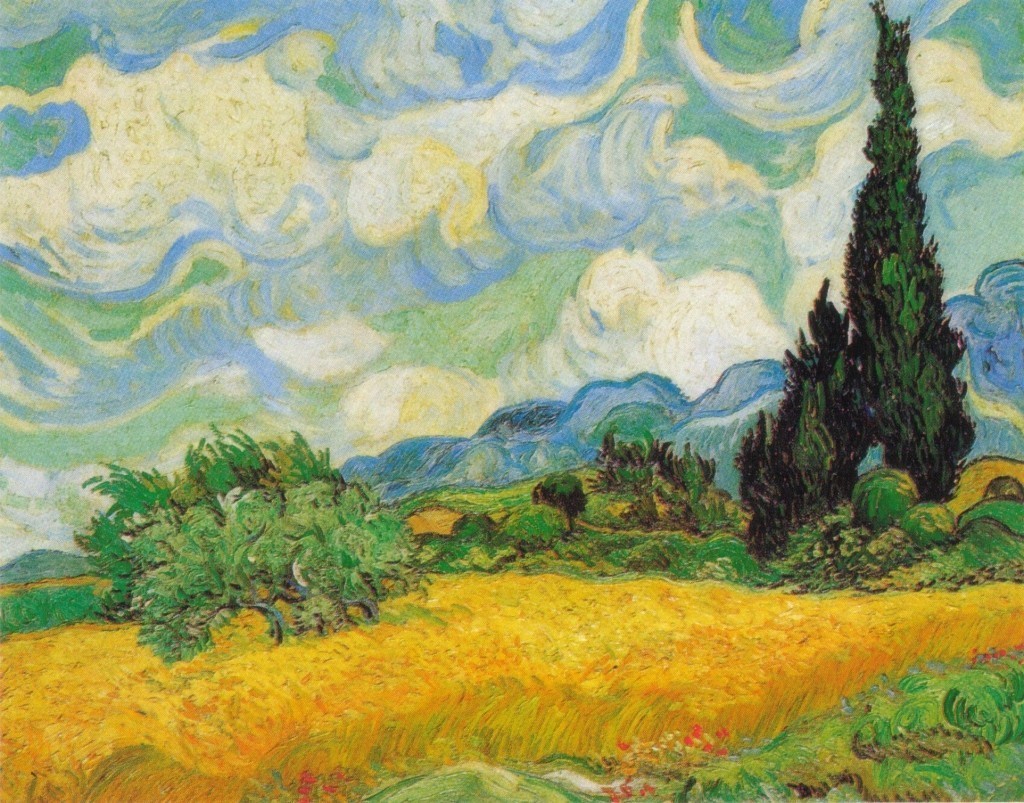 |
| Wheat Field with Cypresses |
When Van Gogh was 27 years old, he entered the Academie Royale des Beaux-Arts in Brussels, Belgium. The following winter, living in Amsterdam, Vincent fell in love, had his heart broken, and began painting.
The next few years would result in little success in both love and art.
Potato Eaters, painted in 1885 was Van Gogh's first major piece of work. At this time, he was also still having difficulty finding love, but was beginning to receive interest in his paintings. He was now
fully devoting himself to painting; living frugally, studying colour theory, and admiring works of other artists such as Peter Paul Rubens. Sadly, Vincent found that his paintings were difficult to sell, which carried on throughout his life. Theo, as his brother and an art dealer, suggested that there should be more colour in his work.
Impressionism was becoming popular at this time with bright and vivid colours, while Vincent's work was painting peasants and rural landscapes using dark earth tones.
 |
| Sunflowers |
After this,
Vincent moved to Paris where his art began to take on the style that would make him famous. In Paris, he talked about art to some of the most avant-garde and influential artists of his time - painters such as Gauguin, Bernard, and Toulouse-Lautrec. He proceeded to use more colour and applying the paint with thick, bold brushstrokes. Vincent also began to paint all that was surrounding him. One of his dreams was to start an art colony in Arles in the south of France. Vincent moved here where he was later on joined by Gauguin. While there, Van Gogh entered the most productive and creative period of his life. It was at this time Van Gogh painted his famous Sunflowers. However, it was also a time of great turmoil for Vincent as he was beginning a period of hospital stays for mental illness and physical decline.
After just
ten years of painting and producing some 900 paintings, Vincent Van Gogh committed suicide in 1890. Even though he was never fully appreciated in his own time, it wouldn't take long for the art world to recognise the genius they lost.
Within twenty years of his death, there were memorial shows of his works all over the world - influencing generations of artists to come.
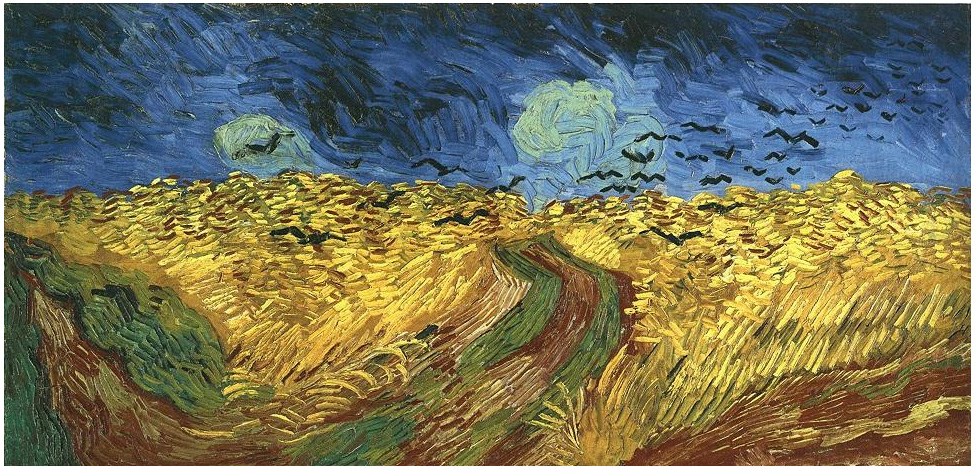 |
| Vincent Van Gogh's last painting; Wheat Field with Crows |
For me, Vincent Van Gogh is one of the most inspirational artists that you can find. Even though he may have been classed as mentally ill,
he has painted in a way that no other artist has dared to paint which not only makes his work unique but makes him unique too.
 |
| Doctor Who and Vincent Van Gogh |







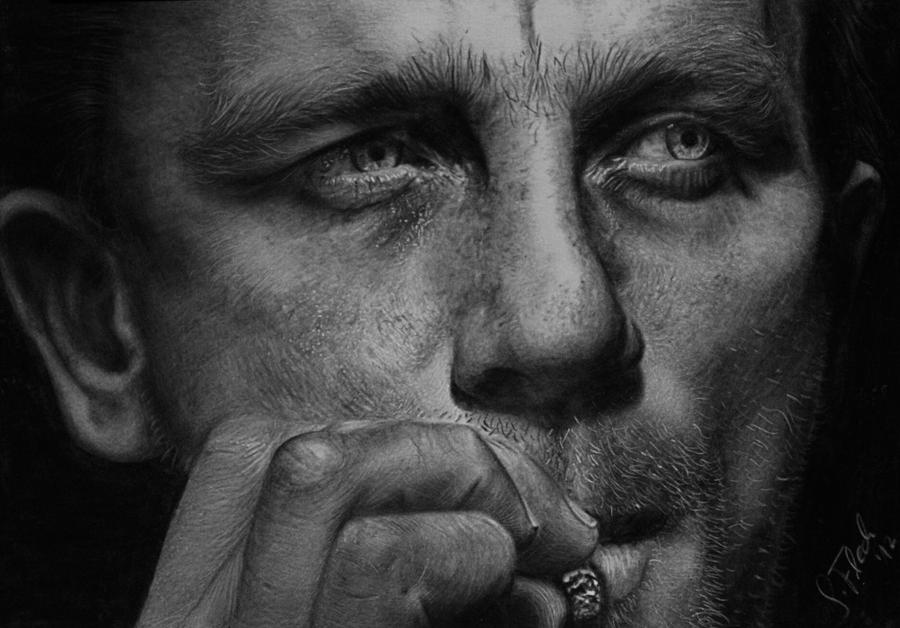
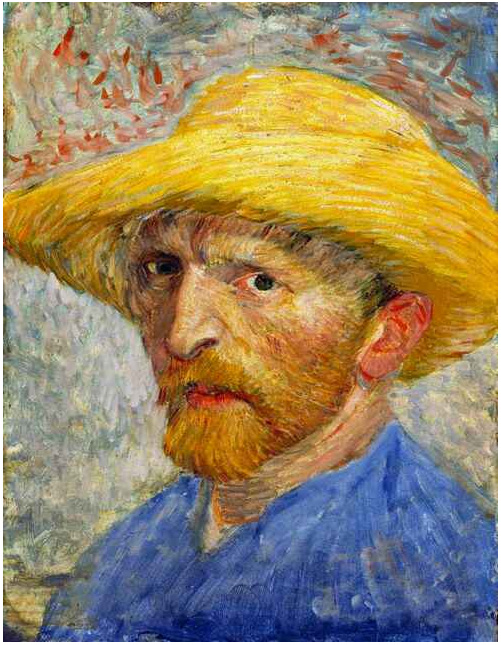









_-_The_Girl_With_The_Pearl_Earring_(1665).jpg)



